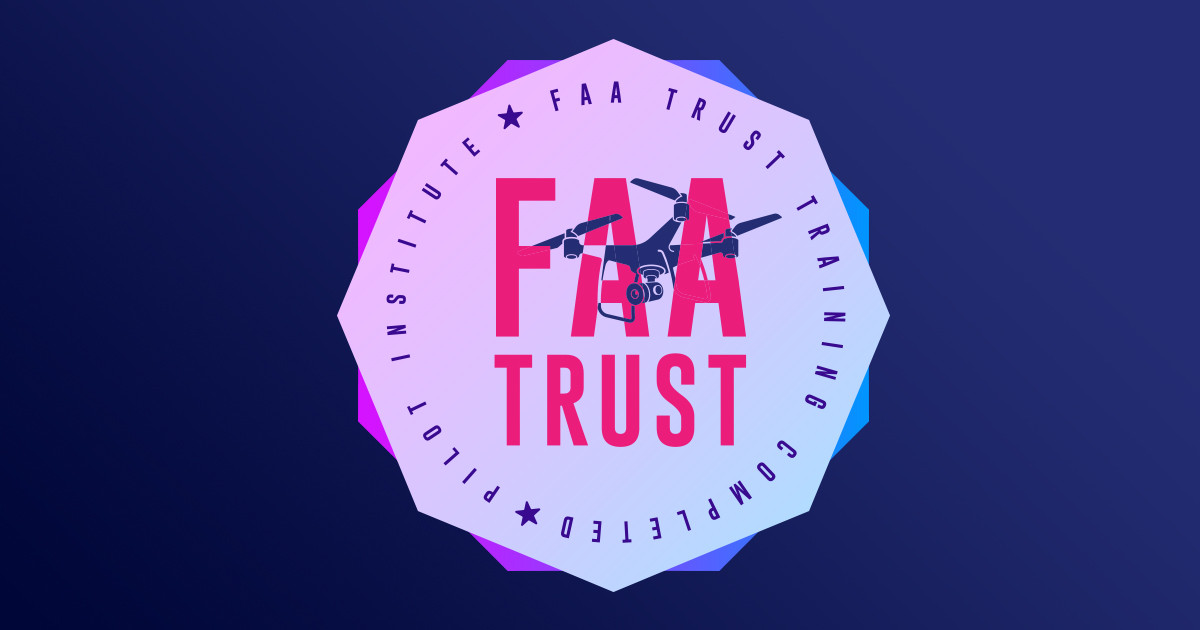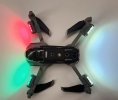Landing gear is nice touch if you plan to fly while out in the wilds where there is no clear, hard surfaces are to be found or you do not use a landing pad…
The Air Tag uses Blue Tooth so if the drone ismore than 30' away, yur phone will not pick it up…
Lights, if you have vision problems, then they are a boost during the day, they are still useful to find your drone if it's off a ways in bright sunlight. Since you are new at this, it will be easier for you to keep track of your drone. Go to YouTube a look up strobes and look at where ahd how they mount the strobes.
I have no opinion about the buzzer, What sets it off and can you manually set it off and from how far away can you fire it off? Remember, your drone has a built in buzzer and blinking light to help find it--"Find My Drone…" (but honestly these are really only good if you lost it in your bedroom…).
The hard case, whether it is a custom built case or just a nice plastic toolbox, from Walmart or harbor freight that you fix up, is a must!
You did not checked in through the "Pilot Check In" Forum so I will include my welcome note below, I know we've communicated in your other postings, but you might not have gotten this…
All the fancy accessories will not replace learning the basics and flying legally and safely…
-=-=-=-=-=-=-=-=-=-=-=-
Welcome from the Hampton Roads area of Virginia, USA. We have a Member's Map in the Upper Right of the Title Bar. Click on "Members" and then Click on "Member's Map…" Check it out and you might find some new flying friends.

mavicpilots.com
As a New Drone Pilot, there are a couple of Legal Things you may need to do…
If you have not already done so, you will need to get your TRUST Certificate. You can get that at the Pilot Institute Web Site (FREE…) . If your Drone weighs less than 250-grams (0.55 pounds) and you are flying under The Exception for Recreational Flyers, you are not required to register your Drone.
When I first started flying I registered my
Mini 2 because the TRUST Certificate and FAA Registration established me as a "certified" Unmanned Aerial Vehicle (UAV) Pilot.
Link to the TRUST Certificate at the Pilot Institute Web Site (FREE…)
Get your FAA TRUST Certificate of Completion to legally fly drones for recreational reasons in the United States.

trust.pilotinstitute.com
Link to the FAADroneZone (Optional Registration for Drones under 250-Grams…)

faadronezone.faa.gov
If you are considering acquiring your Part 107 License, here is a link to get you going…
Pilot Institute offers courses on drones and airplanes from world-class experts. Pass the Part 107 or Private Pilot exam and take to the skies.

pilotinstitute.com
Since you live New York, there are specific laws and rules for you to follow, please check the link below for all the Rules and Laws that are in effect in your neck of the woods and it also links you to some of the Best Places to Fly in your area… Also, if you travel on vacation, visit friends, and relatives in other parts of the country, check back here so you do not run afoul of the law.

pilotinstitute.com
Even if you have flown Drones before, here is some Good Old Fashion Advice…
You paid a lot of money for that Drone, put your phone number on it. If your drone gets lost or stuck in a tree and it finally comes down when you are not around, give the finders an opportunity to contact you so it can be returned.
Now, for the Fun Part, But do not let the excitement of the moment get the best of you. When you are going out to fly, do it slowly and deliberately. Get used to a set procedure and even practice it.
There are so many things I could write but these are the highlights that I feel need mentioning.
Plug in your phone/tablet into your controller; turn on the Controller and DJI Fly App (if it does not start on its own…). On the Drone, open the front legs, then open the back legs, then remove the Gimbal Cover.
The Gimbal is the most delicate item on the Drone and banging or bumping can damage it. I also fastened a short "Remove Before Flight" ribbon to the cover so it's more noticeable and I do not forget to remove it…
Turn on the drone and watch it come to "life." Watching the Gimbal go through its self-check is almost like watching a puppy or kitten opening its eyes for the first time…
Place the drone down (preferably on a Landing Pad) while it finishes its self-test (collecting satellites, etc…).
Check your battery status (Phone, Drone, and Controller), check the Signal Strength, by now the Controller should have reported it updated the Home Point.
Lift off, 6- feet (2-meters) or so, hover a bit, check the controls (move the drone a bit forward, back, left, right, yaw left and right). By now, your Controller will probably report again, Home point Updated.
If you go out in a rush and race thru your start up and take off before the drone has finished it prep, it may update its Home Point over that pond or that old tree you are flying over and in your excitement, you'll fly the drone long past it Low Battery point and when it engages Return to Home and lands in the pond or in a tree; it will be all on you…
Now go have fun, learn to fly the drone by sight before you try to fly it out a distance depending on the video feed, FPV.
I would also advise you to use YouTube and watch a lot of the Videos on flying and setting up the Drone. When it is too dark, too cold, or too wet, you can "fly it vicariously" through YouTube. Also watch some of the Blooper Drone Videos and learn how not to fly your "New Baby."
Fly On and Fly Safe…














